In my research of that event I came across the wonderful 'Alle beide' podcast by Nordkurve12 that included the story of the 'first' example of choreography. The Bayer 04 website also sees this choreography with black and red strips of foil in the big words painted on cardboard of 'Danke Markus Munch' as one of the first in Germany and definitely at Leverkusen. Confirmed in my opinion, I hoped visiting the Internet presence of the Leverkusen Ultras might provide one or two ideas about how this choreography came about – and I read the following: "The first choreography was in 1994 at the UEFA Cup match against the Italian team AC Parma when thousands of little flags were distributed with the help of the sponsor." Okay, that doesn't count as pure fan choreography.
Further on in the story: "There was the first choreography without the support of the club or a sponsor in the same year (1996!!! My comment). In the match against Bayern Munich, red and black banners covered the whole of the North Stand." 1996? That made me wonder and I did some research. The home game against FC Bayern in 1995/96 was on matchday 24, that is 23 March 1996. I don't find any images, I looked at the video of the game on the media portal and when the teams came out there lots of bits of white paper and lots of fans but no black and red banner. Somewhat confused, I read on: "The first initiative planned and implemented by AK Stimmung (a working party set up by Bayer 04 fans in the 90s to improve the atmosphere at the stadium, my comment) was at the derby against FC Köln in 1996." I'd never heard about that choreography. Back to the media portal and there I discovered: In the video of the match you could see Bayer 04 fans before kick-off with A3 sheets of paper in Black and Red in their hands. I checked it out with the Ultras Leverkusen and I was given two pictures that confirmed a choreography carried out using cardboard.
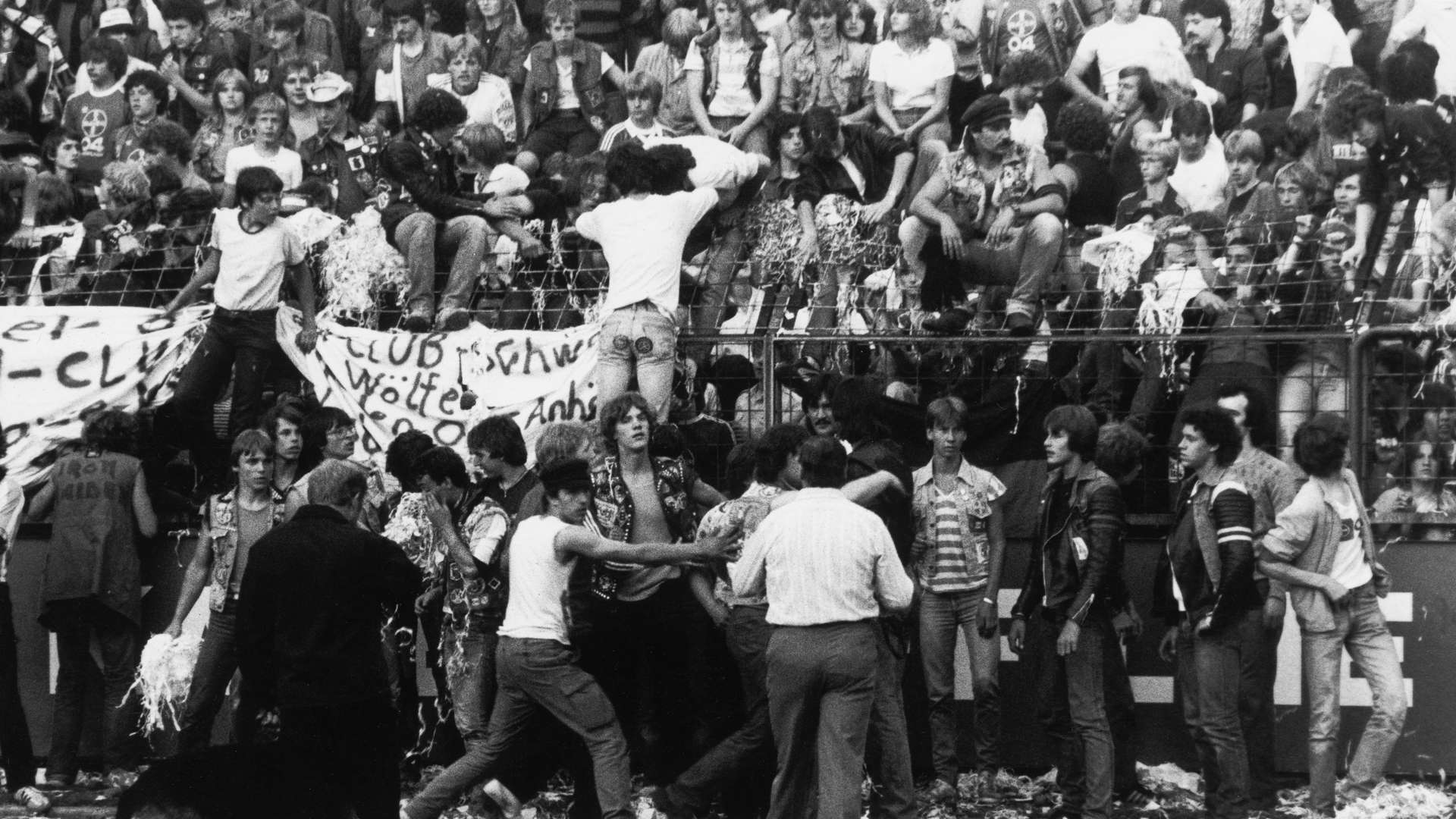

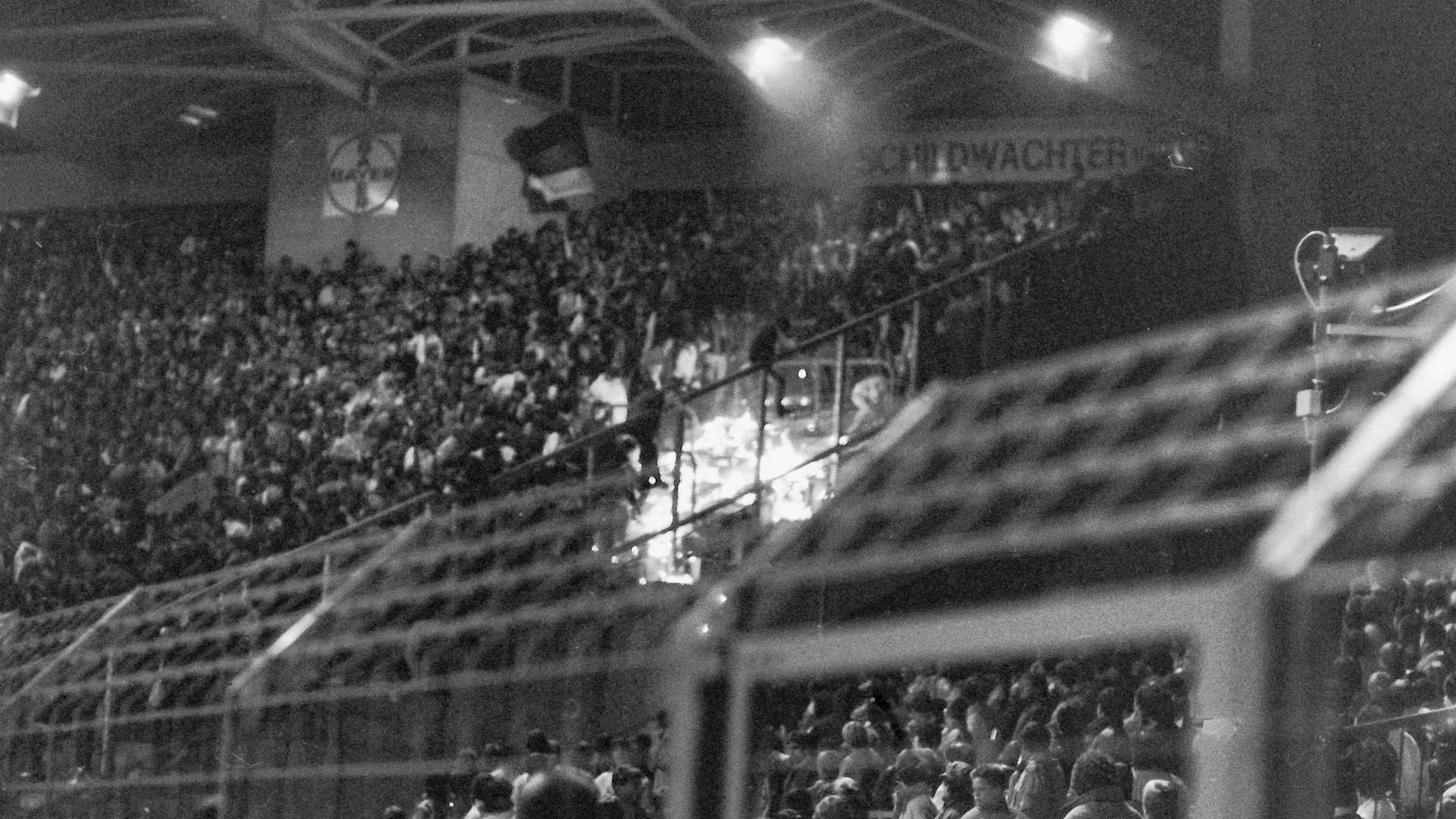

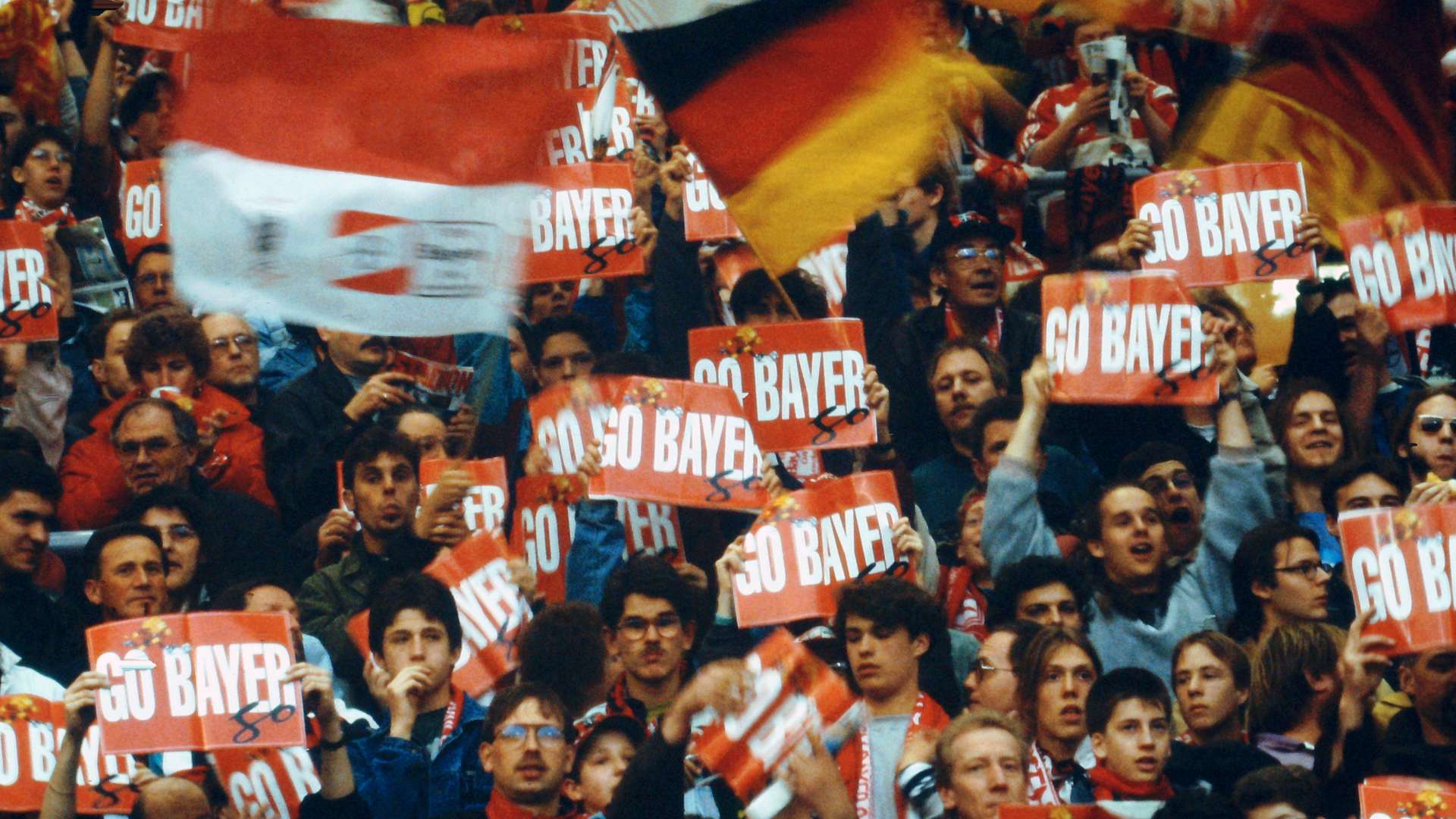

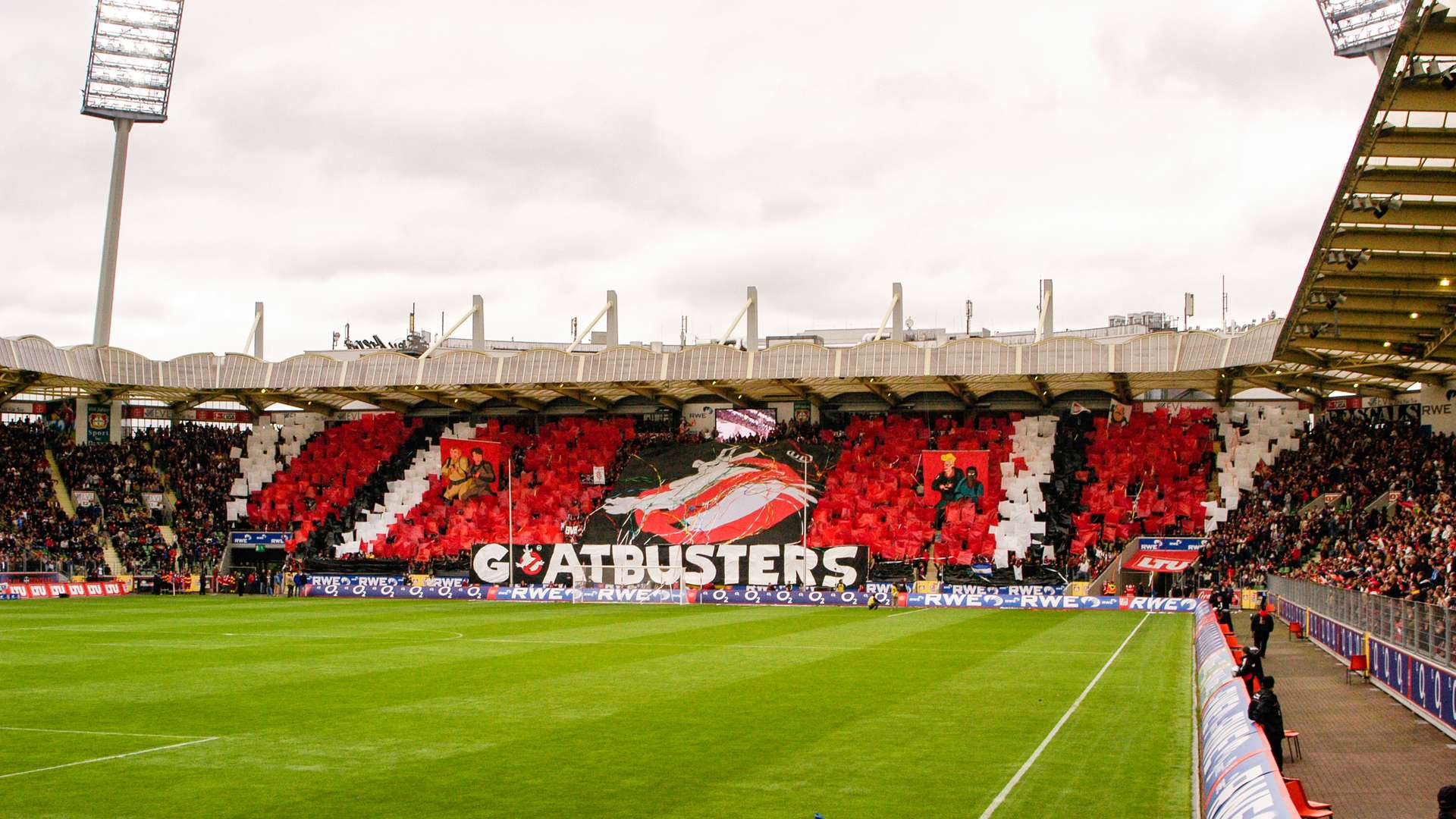
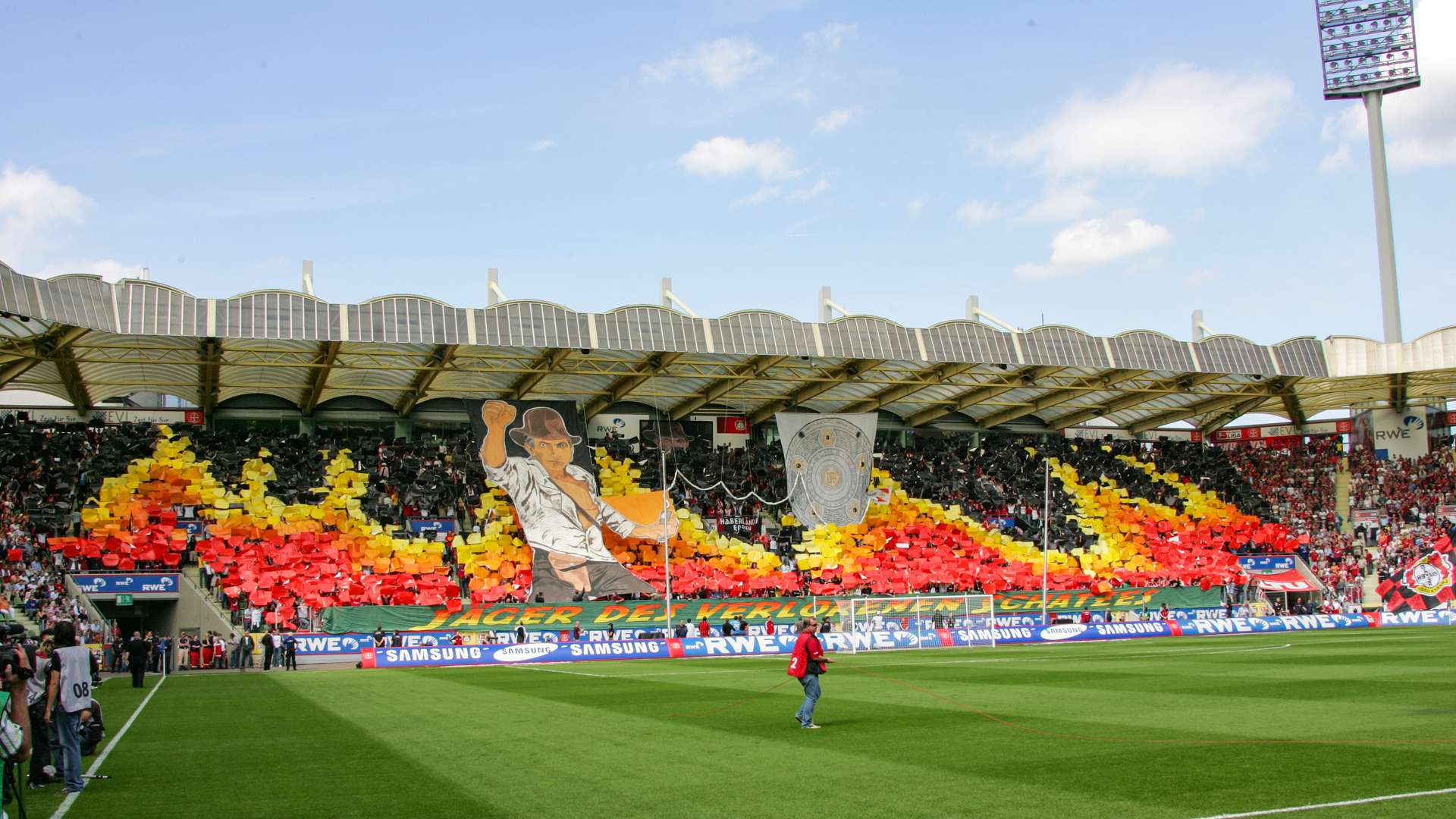
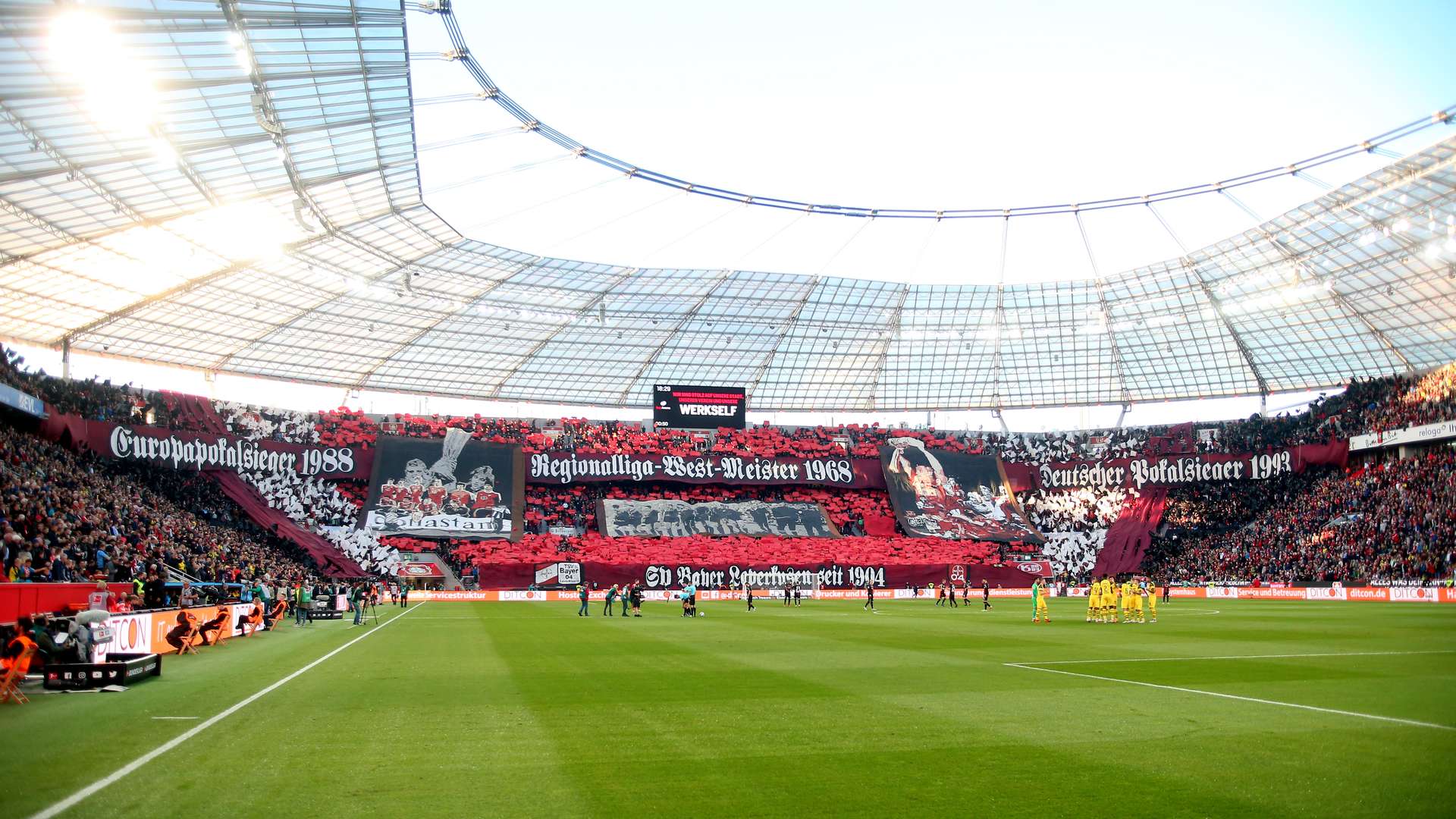
Now I wanted to find out exactly what had happened and I looked at lots of photos and videos. My conclusion?! Fans went to the stadium in the 1950s with flags. There was little change to the use of flags long into the 70s. At the end of the 70s shredded paper accompanied the flags. The home end look like a white sea in the play-off match in 1982 against our friends from Kickers Offenbach. Unfortunately, it got out of hand in the home game against FC Toulouse in 1988: Some clever dicks wanted to improve the atmosphere and decided to set the shreds of paper alight and it took a while before the fire was put out. Shredded paper has been banned since that match. The first breathtaking atmosphere came on 18 May 1988 at the UEFA Cup final with the distribution of lots of flags throughout the stadium paid for by the club. For the first time, the spark went from the stands onto the pitch and produce an incredible atmosphere at the Ulrich Haberland Stadium that almost lasted the whole 120 minutes plus penalties.
Talking about sparks, agreed pyrotechnic events were possible from the start of the 90s as with the presentation of the new shirt from Talcid at the home game against FC Bayern in February 1991. The initiative in the home game in the UEFA Cup semi-final against AC Parma, as described above, was financed by a sponsor. Now came the first real choreographies at Leverkusen. I think the cardboard signs at the home game against FC Köln on 30 November 1996, matchday 16 in the 1996/97 season, should be seen as the first choreography carried out by the fans and not, as previously assumed, the one with the Black and Red banners on 9 March 1997 against FC Bayern. So there's no 25 years of choreography at Leverkusen as I'm coming three months too late. Instead, we can now celebrate 30 November 1996 as the birth of choreography under the Bayer Cross.
Related News
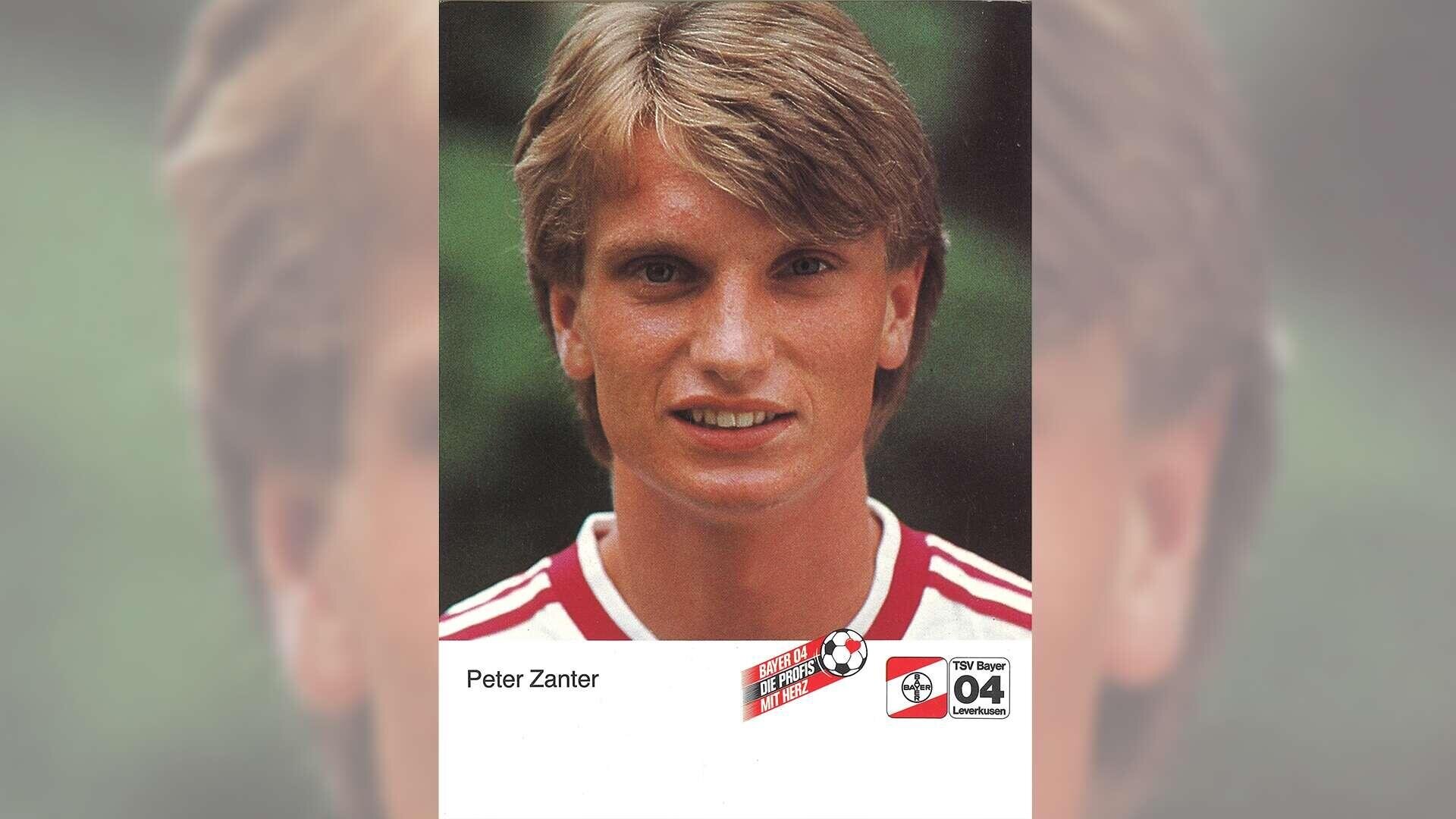
Birthday boy of the month 1: Peter Zanter turns 60
Peter Zanter was born on 11 November 1965 in Wermelskirchen in the Rhineland. His passion for football was evident from an early age: As a child, he played enthusiastically for the youth teams at SV Dabringhausen and SV Wermelskirchen. His ability and discipline did not go undetected for long - and he joined the youth section at Bayer 04 at a young age.
Show more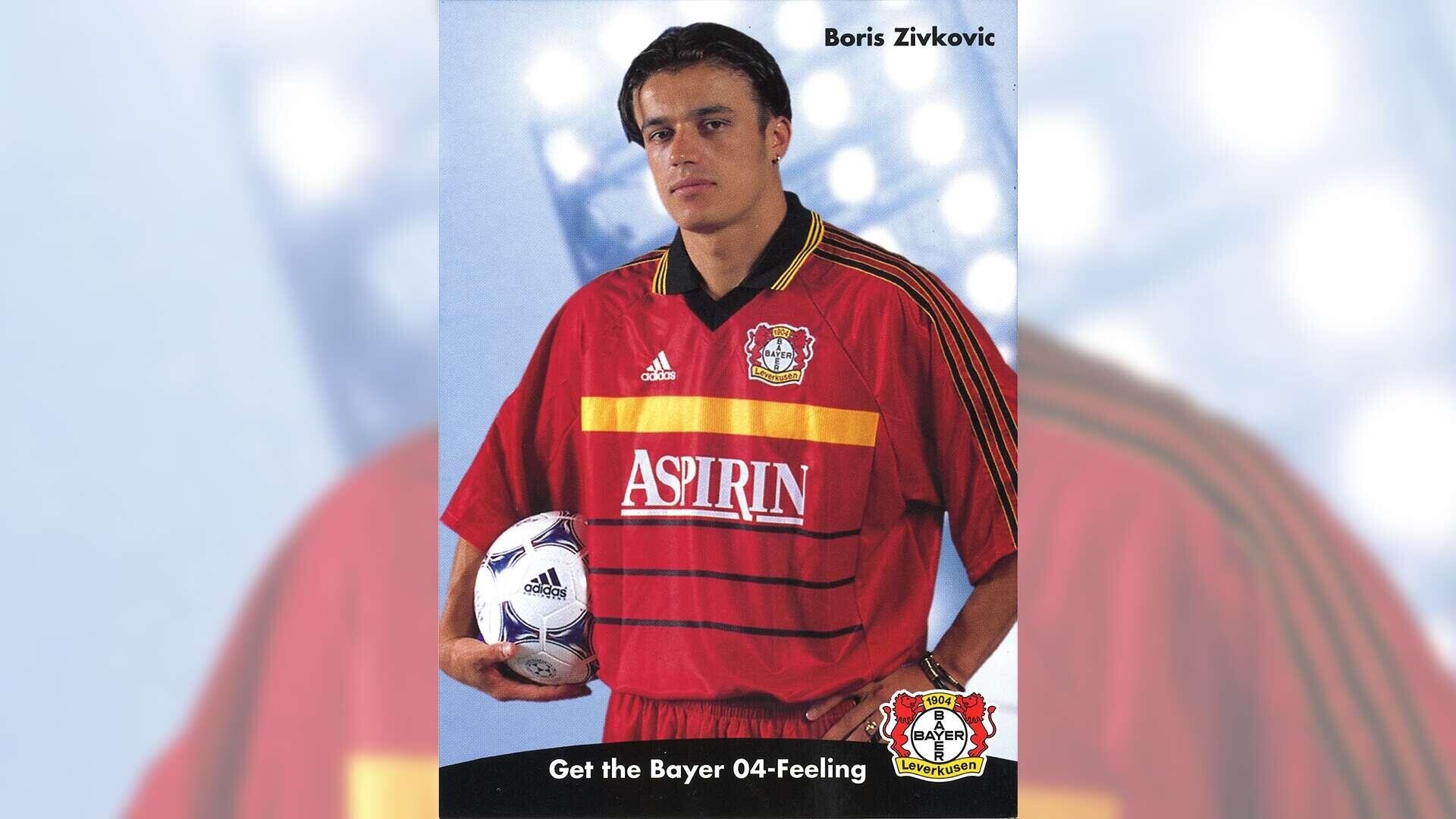
Birthday boy of the month 2: Boris Zivkovic turns 50
Boris Zivkovic was born on 15 November 1975 in the Bosnian town of Zivinice, which is now part of Bosnia and Herzegovina. He played for FK Sarajevo at a young age. However, his youth was characterised by the turmoil of the wars in the former Yugoslavia. At the age of just 17, he was also called up and took part in the fighting - a fate shared by many young men of his generation.
Show more
Legends: Under the Cross for 44 years
For once, this is going to be about me. About my path into football, my years as a goalkeeper at Bayer 04 and my ‘career after my career’ at this great club. So, come with me on a little journey through time...
Show more
Match of the month: 40 years ago - Bayer 04 hit the jackpot
It is 1 November 1985, a Friday evening, floodlights on. The leaders Werder Bremen with their coach Otto Rehhagel come to the Ulrich Haberland Stadium. 15,000 spectators want to watch this top match, as the Werkself, with their new coach Erich Ribbeck, are in fourth place in the table, just five points behind the leaders.
Show more
Goals of the month: From Demuth to Calhanoglu
In the video you can see impressive and important goals in Bayer 04 history from the month of November. It's not always about the beauty of the goals, but also a reminder of special games and players.
Show more